 Kia Rio: Servicing The Electrical System
Kia Rio: Servicing The Electrical System
|
1. |
Prior to servicing the electrical system, be sure to turn off
the ignition switch and disconnect the battery ground cable.
In the course of MFI or ELC system diagnosis, when the
battery cable is removed, any diagnostic trouble code retained
by the computer will be cleared. There fore, if necessary, record
the diagnostic data before removing the battery cable.
|

|
2. |
Attach the wiring harnesses with clamps so that there is no slack.
However, for any harness which passes the engine or other vibrating
parts of the vehicle, allow some slack within a range that does not
allow the engine vibrations to cause the harness to come into contact
with any of the surrounding parts and then secure the harness by using
a clamp.

|
|
3. |
If any section of a wiring harness interferes with the edge of
a parts, or a corner, wrap the section of the harness with tape or something
similar in order to protect if from damage.

|
|
4. |
When installing any parts, be careful not to pinch or damage any
of the wiring harness.

|
|
5. |
Never throw relays, sensors or electrical parts, or expose them
to strong shock.
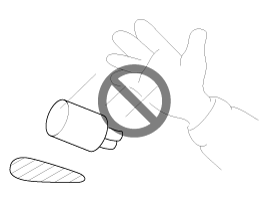
|
|
6. |
The electronic parts used in the computer, relays, etc. are readily
damaged by heat. If there is a need for service operations that may
cause the temperature to exceed 80°C (176°F), remove the electronic
parts before hand.

|
|
7. |
Loose connectors cause problems. Make sure that the connectors
are always securely fastened.
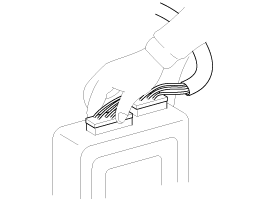
|
|
8. |
When disconnecting a connector, be sure to grip only the connector,
not the wires.
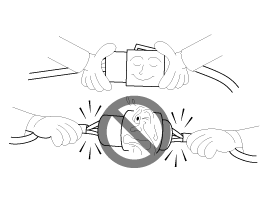
|
|
9. |
Disconnect connector which have catches by pressing in the direction
of the arrows shown the illustration.

|
|
10. |
Connect connectors which have catches by inserting the connectors
until they make a clicking sound.
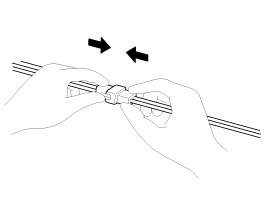
|
|
11. |
When using a circuit tester to check continuity or voltage on
connector terminals, insert the test probe into the harness side. If
the connector is a sealed connector, insert the test probe through the
hole in the rubber cap until contacts the terminal, being careful not
to damage the insulation of the wires.
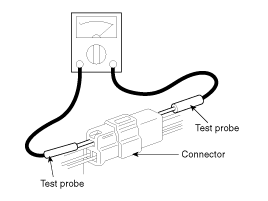
|
|
12. |
To avoid overloading the wiring, take the electrical current load
of the optional equipment into consideration, and determine the appropriate
wire size.
Nominal size
|
SAE gauge No.
|
Permissible current
|
In engine compartment
|
Other areas
|
0.3mm²
|
AWG 22
|
-
|
5A
|
0.5mm²
|
AWG 20
|
7A
|
13A
|
0.85mm²
|
AWG 18
|
9A
|
17A
|
1.25mm²
|
AWG 16
|
12A
|
22A
|
2.0mm²
|
AWG 14
|
16A
|
30A
|
3.0mm²
|
AWG 12
|
21A
|
40A
|
5.0mm²
|
AWG 10
|
31A
|
54A
|
|
A blade type fuse test taps provided to allow checking the fuse itself
without removing if from the fuse box. The fuse is good if the test lamp lights
up when one lead is connected to the tes ...
If a large amount of unburned gasoline flows into the converter,
it may overheat and create a fire hazard. To preve ...
See also:
Inspection
[System Inspection]
1.
Disconnect the vapor hose from the intake manifold and connect
a vacuum pump to the nipple on the intake manifold.
· At Cold Engine [Engi ...
Air bag warning light
The purpose of the air bag warning light in your instrument panel is to alert
you of a potential problem with your air bag-Supplemental Restraint System (SRS).
When the ignition switch is turned O ...
TPMS Receiver Replacement
When the receiver first arrives for replacement:
1)
It will be in Virgin State.
...
 Kia Rio: Servicing The Electrical System
Kia Rio: Servicing The Electrical System











 Check Fuses
Check Fuses Precautions For Catalytic Converter
Precautions For Catalytic Converter